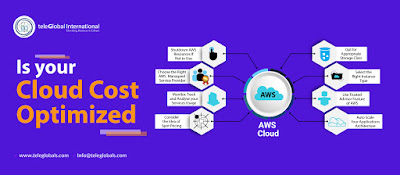Get future-ready with Cloud Native Applications

Almost every business today, from startups to global MNCs has, to some extent or the other begun its digital transformation process. Many have shifted their applications from their own premises to the cloud. However, all-too-often this shift is done en masse, i.e. without any restructuring to the new environment. With work-from-home becoming increasingly ubiquitous, businesses are now struggling to scale applications—especially those needed by employees and customers—to match demand. The best way to realize the full value of the cloud is by going native right from the outset. This means developing applications in the cloud from the get-go. Advantages Faster Development and Turnarounds Going cloud-native puts automated elements at your disposal, giving you the ability to innovate, update, and launch at speed. It also enables seamless data gathering which, with advanced analytics, will enable you to make more insightful decisions. Scalability As your business grows, perhaps to new market...







